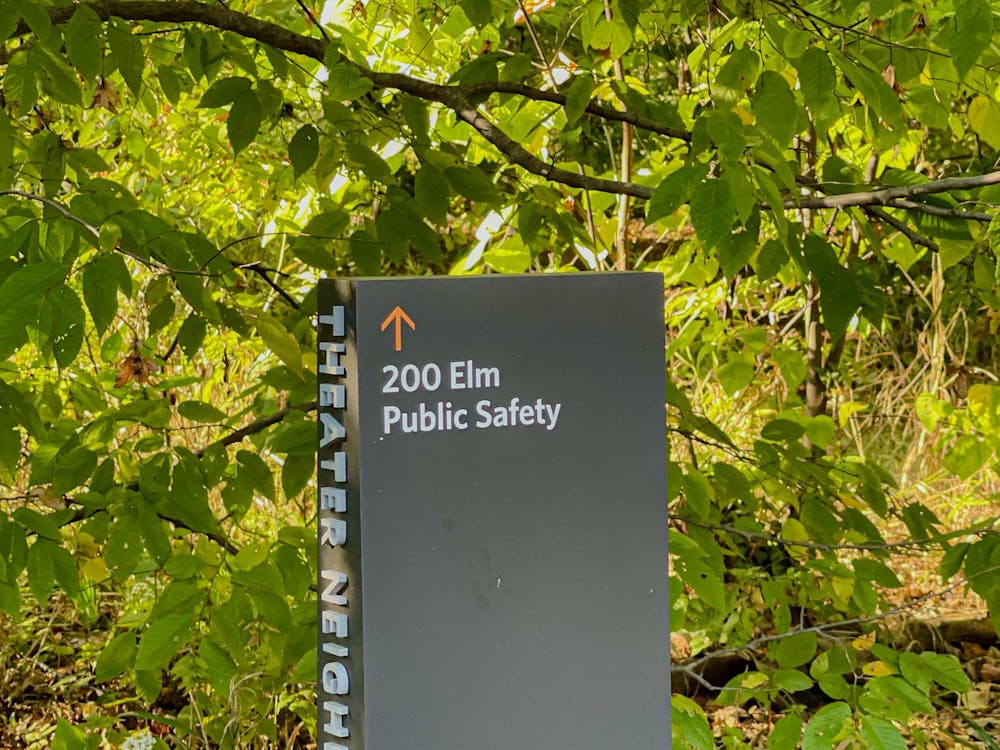College students nationwide have been participating in the Oxfam America Collegiate Click Drive to help fund self-employment for impoverished people around the world.
Since March 11, students visiting www.povertyfighters.com have been donating money on behalf of their universities by clicking under the names of their schools.
Students can click up to twice a day to donate 25 cents to the drive for each click.
In addition to benefiting charity, the drive also allows colleges to compete for the most donations. The University has lingered around eighth place, while Birmingham-Southern College and Brandeis University have been leading the race by about $1,500.
Ben Brandzel, a junior at Brandeis University, developed the idea for the program in July 2000. The rest, he said, fell into place. He was inspired to start the program by a now-defunct hunger site on the Internet.
When he found the site was no longer online, Brandzel approached povertyfighters.com with his idea.
"They were smaller and more accessible, and they emphasized solutions rather than problems," he said.
After Brandzel secured a host for the website, Oxfam agreed to be the main sponsor of the program, and with the help 14 other Brandeis students, the program took off.

The program works by donating money to microcredit programs. Originally founded in the late 1970s as a way to help financially disadvantaged people develop businesses, credit providers give out small loans throughout the world.
With this money, the people form their own "micro-enterprises," which enable them to pay back the loans with interest. There are now more than 17,000 credit providers.
"There is a 95-percent payback rate," Brandzel said. He also finds that microcredit programs are more desirable than charity programs. "[Microcredit programs] ensure the preservation of the dignity of the citizens," he said.
This is the pilot year for the Click Drive. Thus far, it has managed to reach 250 schools in 45 states. The campaign averages 5,000 to 7,000 participants each day and has raised approximately $10,000.

The program has mostly spread through word of mouth, Brandzel said.
"We have a budget of zero," he said, a testament to the success of the campaign.
News of the program reached the University through word of mouth.
Jennifer De Sante '05 heard about the program through one of her friends attending Brandeis.
"I thought that it would be a good thing to do, so I registered Princeton," she said.
"My job is to direct people to go and click on the website," she noted.
Her friend Casey Passmore '05 has also taken an interest in the site. She has tried to publicize the campaign throughout the Univer-sity by e-mailing USG president Nina Langsam '03. Last week there was a campus-wide e-mail sent encouraging students to participate.
"Since the e-mail was sent, there has been about a five-dollar increase per day," Passmore said.
She said she has been disappointed with the effort so far, but still believes the University has a chance of winning the competition if more people become involved. Passmore said if the entire undergraduate student body goes to the website once and does two clicks, the University will be in a better position to win.
"We would still need a large amount of people to go each day and click, but it is possible for us to win," she said in an e-mail.
The contest ends April 15, and prizes will be awarded to the three schools with the most donations.







